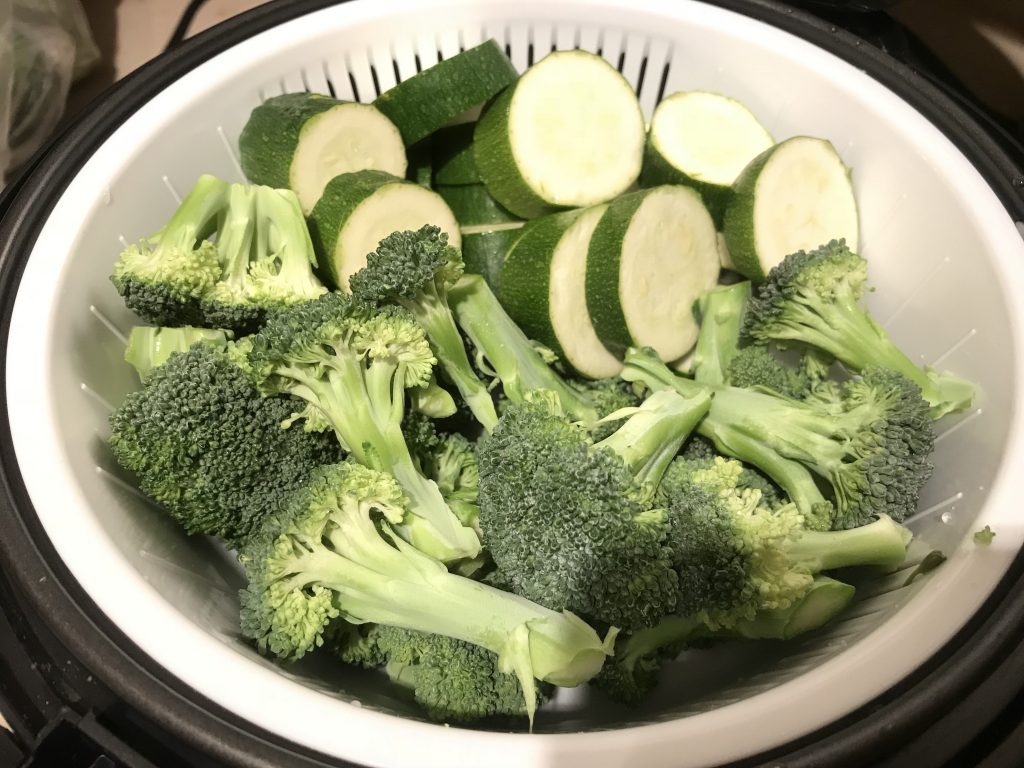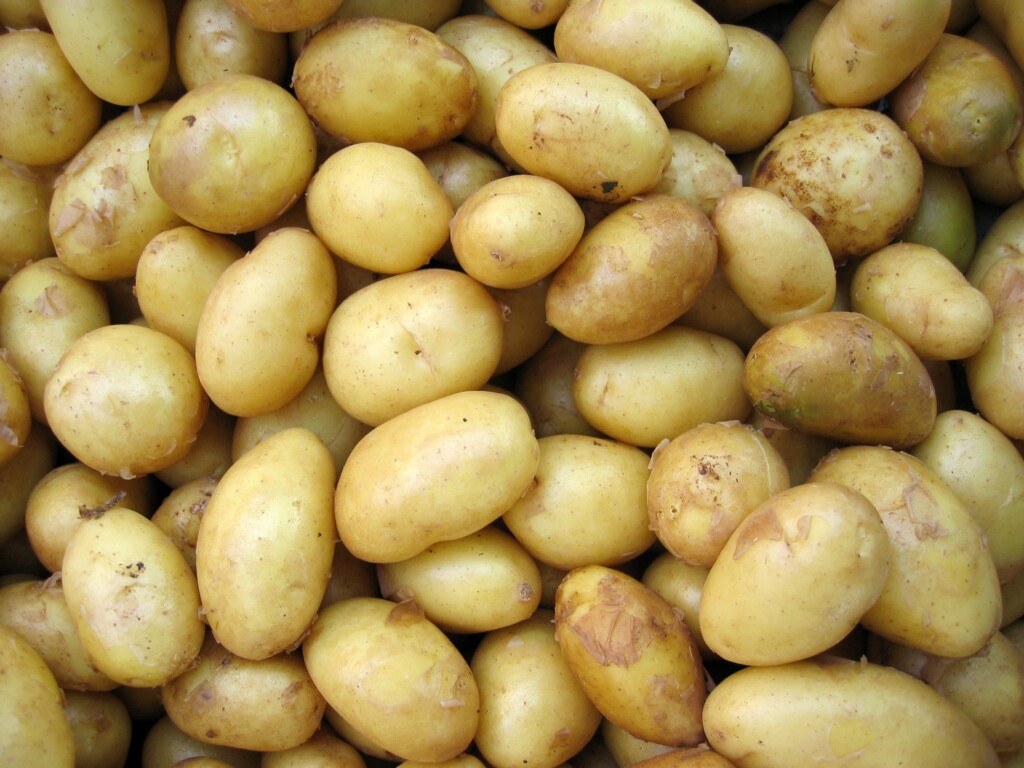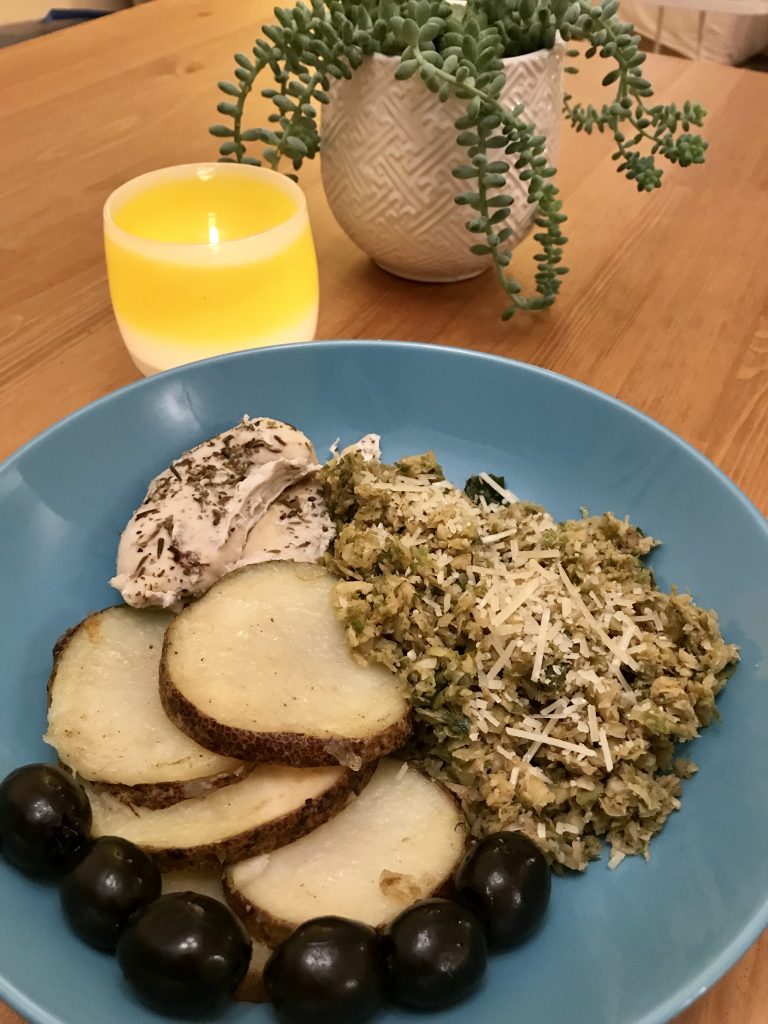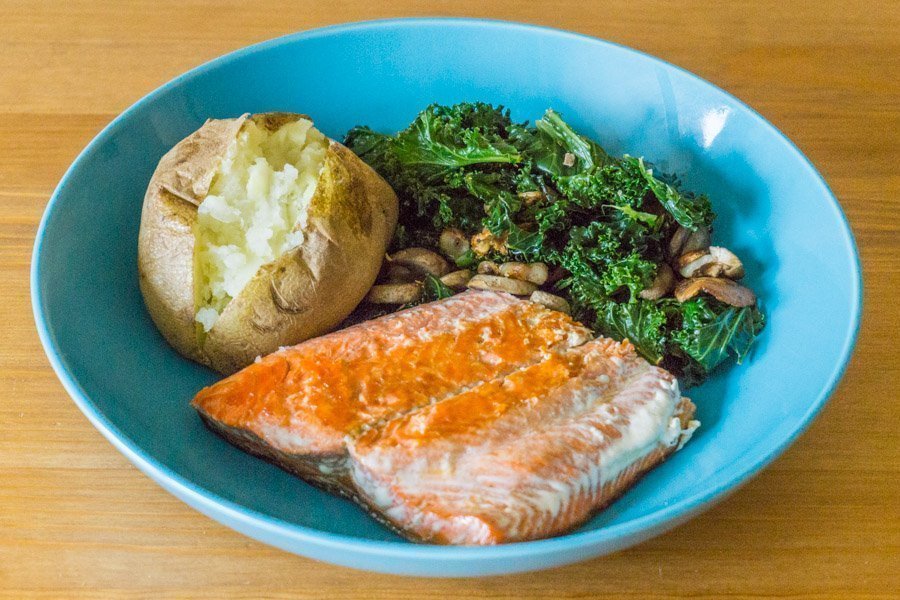Eating healthy, gluten free whole foods is a priority for me. When I have time, I love experimenting with new recipes, ingredients, or spices, but these days I’m often too busy with my day job, blogging, and travel planning to plan and prepare a unique meal. After seeing my delicious whole foods packed lunches and knowing I live on a hectic schedule, several coworkers and family members asked how I manage to maintain a healthy diet and active lifestyle. This one's for you!
It’s not rocket science, but here is my secret to preparing healthy foods with no prior planning when you need to put your focus elsewhere (like planning outdoor adventures!). You can mix and match depending on what you have available for each of these categories:
Protein + Vegetables + Carbohydrate + Sauce/oil/spices (optional)
=
Healthy Whole Foods Meal
The real trick is to always have some quick cooking proteins, vegetables, and carbohydrates on hand. The best part? It works for everyone: gluten free, paleo, vegetarian, vegan, food allergies, dietary restrictions, and the good ol’ “I can eat everything” (lucky you!). Here are my favorites and how to prepare them:
Protein
Quick sources to have on hand: canned beans, frozen chicken tenderloins (the tenderloins fry up more quickly than frozen chicken breasts), tofu, ground meat, eggs, fish, pork chops
Method: The quickest method for preparing the above protein sources is to fry them in a pan! You don’t need a lot of oil, just enough to keep your food from sticking to the pan. For canned beans, just rinse and heat! For eggs, you can create tasty, mess-free poached eggs in the microwave.
BONUS: For a little extra protein, flavor, and texture, add grated cheese, sunflower seeds, flax seeds, or similar to the end of your meal.
Vegetables
Quick cooking options:
Steamed: broccoli, cauliflower, cabbage, brussel sprouts
Frying pan: zucchini, leafy greens (chard, kale, spinach), mushrooms, bell peppers

Tasty veggies nestled in the rice cooker.
Method: If you have 15-20 minutes prior to dinner, pop your veggies in a conventional or electric steamer (better yet, steam them with your rice in a rice cooker). Steamers make eating vegetables more feasible on a busy schedule; just load it up with veggies, hit start, walk away, and your food is ready shortly with leftovers for tomorrow. A convenient feature I use frequently is “delay time” so I can assemble the steamer or rice cooker in the morning and come home to food that’s hot and ready to go.
Fun fact: steaming is the preferred cooking method to retain the most nutritional benefit from vegetables. Otherwise, the quickest way will be the frying pan! Get the vegetable and protein going at the same time, either in the same pan or separate, and your meal can be ready in less than 15 minutes.
I use (and love) this Hamilton Beach Rice Cooker with Steamer Basket and delay settings!
Carbohydrate
Quick cooking options: potato, GF pasta, rice (if you have enough time to start the rice cooker ahead of time), sweet potato, yam, canned pumpkin (I really like canned pumpkin. My husband thinks I'm wierd... proceed at your own risk)

Photo by Hai Nguyen on Unsplash
Method: I really prefer to eat whole foods whenever possible and my go-to quick carbs are microwaved "baked" potatoes or rice (cooked the previous day or just before the meal if I have 30-40 minutes to wait). Other options include GF pasta (only 7-10 minutes to cook, but processed and more expensive), canned pumpkin, and minute rice if the cabinets are empty and I’m in a real time crunch! I always have some around for backpacking adventures.
Finishing Touches and Extras
Once your components are done cooking or you scavenged for components in your leftovers, put your carbohydrate, vegetables, and protein in a bowl together - you choose the portions and ratios that work best for your body (more carbs, more protein, etc). Now you can add finishing touches like sauces, oils, spices, etc. My favorites include a drizzle of olive oil, salt, pepper, herbs de provence, italian seasoning, Old Bay (from my Maryland roots!), garlic salt, GF soy sauce (I actually use coconut aminos), and salsa. Remember you can always add more, so start with a little and add as needed!

For this one, I cheated a little and shredded the brussel sprouts in a food processor so they would cook more quickly!
BONUS: If you add the extras last and keep the components separate, you can make the same meal tomorrow for lunch or dinner but change the add-ons for a different flavor.
It may not be fancy, but it’s healthy, delicious, and beats commercial fast food by a landslide!



Leave a Reply